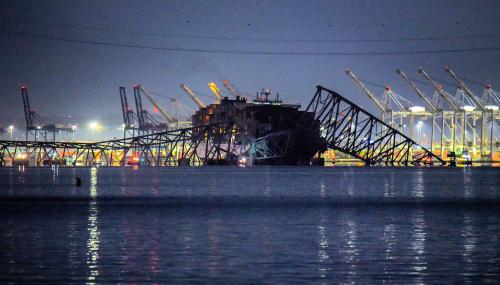Click on the links or the charts to go to the full research.
In a new blog series for Infrastructure Week, the Metropolitan Policy program at Brookings examines infrastructure through the lens of people’s expectations: whether infrastructure is accessible, affordable, and safe. Much of this research shows that infrastructure often creates economic barriers and policymakers could do a better job of measuring and meeting people’s needs. Below are three charts from the series we found interesting. For more posts on infrastructure, click here.
In rural America, 27 percent of residents do not have access to broadband
Adie Tomer addresses the economic effects of infrastructure access inequalities, noting that in rural America, more than 27 percent of households do not have access to broadband, putting both residents and industries in those communities at a disadvantage.
The country’s lowest income households spent the most on infrastructure
Adie Tomer examines the affordability of American infrastructure services and finds that the spending burden is especially pronounced among the country’s lowest income households. More than 60 percent of all income on essential living expenses for these households was spent on infrastructure.
10 percent of our public roads are in “unacceptable” condition
In a piece examining whether our infrastructure systems put people at risk, Ranjitha Shivaram and Adie Tomer find that only 59 percent of our public roads are in “good” condition and 10 percent are considered “unacceptable.”





Commentary
Charts of the week: Focus on infrastructure
May 17, 2018